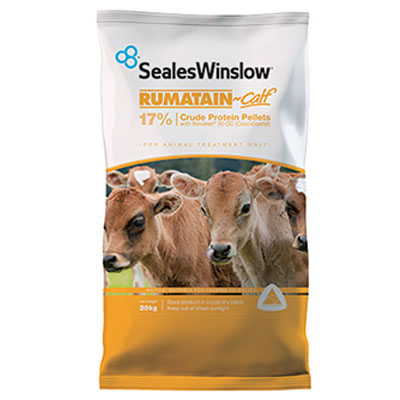Dairy Advice - Winter
Achieving-Peak-Milk
Peak milk levels may seem a distant thought, but the basis for success in this area must be laid well in advance. Preparing the dry cows’ diet and keeping them in good condition through early lactation will produce results when it counts.
When milking is off the schedule (or reduced to a smaller winter-milking herd) it’s time to enjoy some well-earned late starts. It’s also the perfect time to prepare for the coming season. As you’ll know, getting the herd off to a good start in the lastthree weeks prior to calving can make a tremendous difference to production and health.
Feed to meet changing needs
Important elements
Making the right minerals available is the best line of defence against infections as it boosts the immune system and helps avoid or minimise metabolic disorders. “Grass staggers and milk fever around calving are the most obvious signs of dietary flaws in the transitioning process,” Paul notes. “These metabolic issues typically retreat when mineral deficiencies are addressed.” An early start with supplemental magnesium before calving (and with the addition of calcium thereafter) is certainly indispensable. However, further problems may require more in-depth analysis.
Early lactation is key
It all comes together in the days and first weeks after calving: that’s when you can substantially enhance (or undermine) all the work that has gone into preparing the herd. Remember that the dietary requirements during early lactation well exceed the cow’s ability to consume pasture and supplements. As a result, the right nutritional support is extremely important.
“Feeding to minimise weight loss is imperative,” says Paul, “because it has a bearing on peak milk levels and will impact her ability to cycle and get back into calf.”
The answer lies in the quantity as well as the quality of feed required to drive early milk production. Keep in mind that early production sets the level for the whole season’s production! In fact, every extra litre represents a potential 200 additional litres during the season.
A feed strategy with a focus on energy density and optimal balance of nutrients will pay dividends in terms of early production levels and reduced animal health issues. Just remember to calculate feed quantity accurately. To maximise the herd’s potential, work towards a daily feed intake of 4% of liveweight by peak lactation. However, take losses and wastage into account, as this is a ‘down the throat’ target.
It’s the perfect time to contact your friendly SealesWinslow representative and discuss options for lifting your season’s production. It might be a most profitable conversation!

17% Pellets
An economical pelleted feed, combining grains, vegetable protein meals and molasses with 17% crude protein. The protein is sourced from a range of vegetable proteins to develop lean tissue growth. SealesWinslow Calf 17% Pellets does not contain any PKE.

